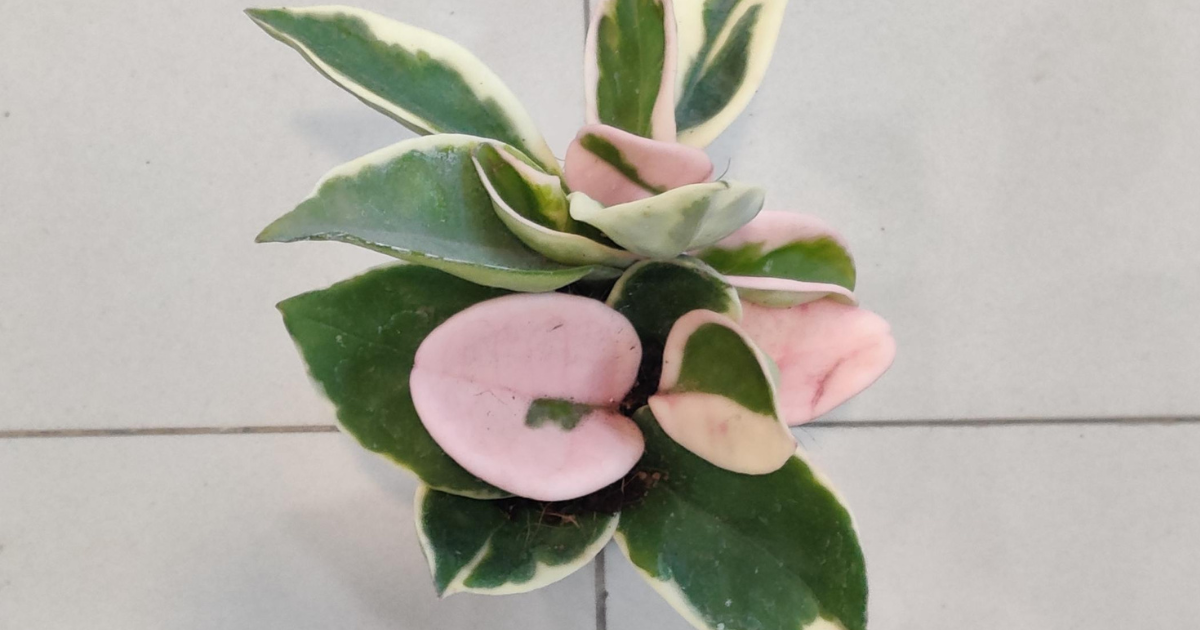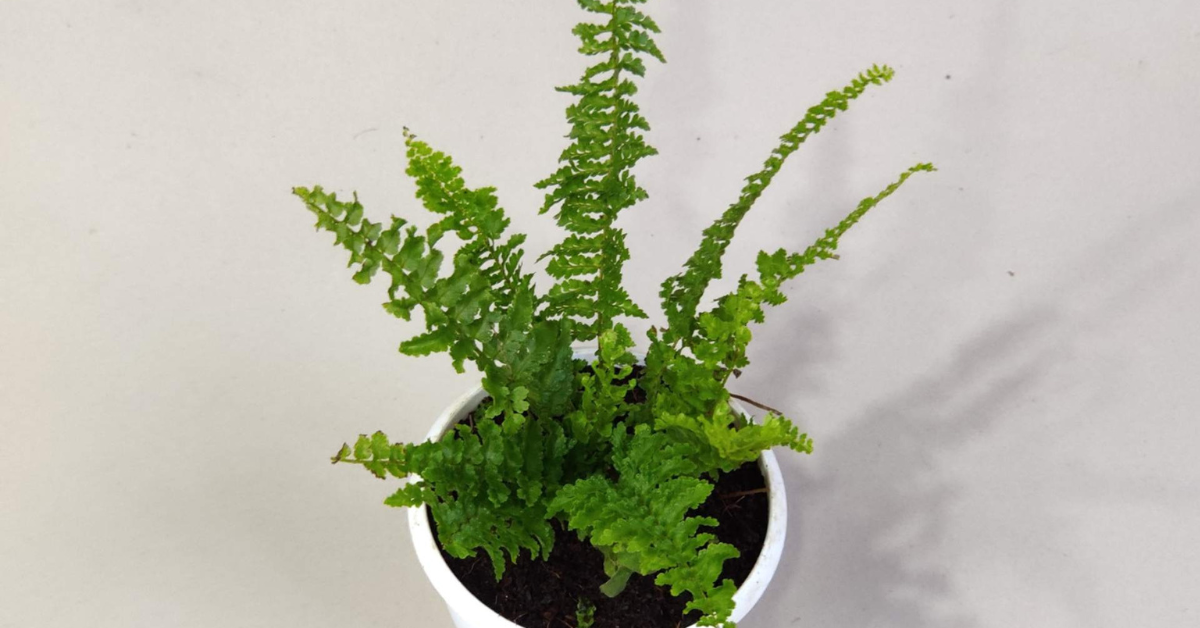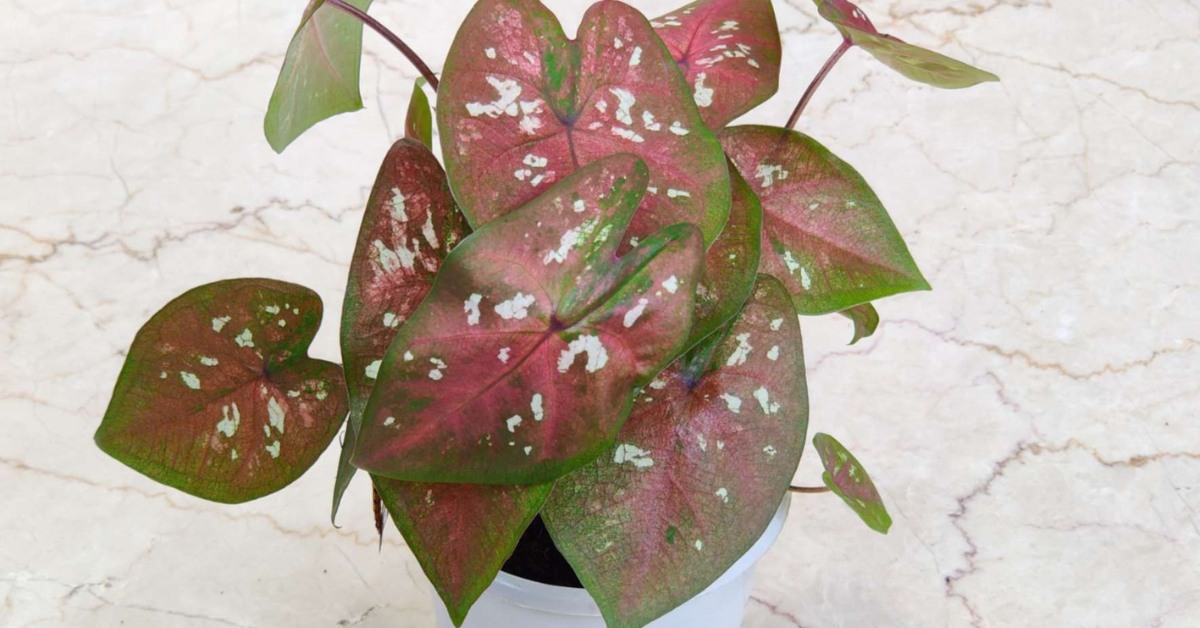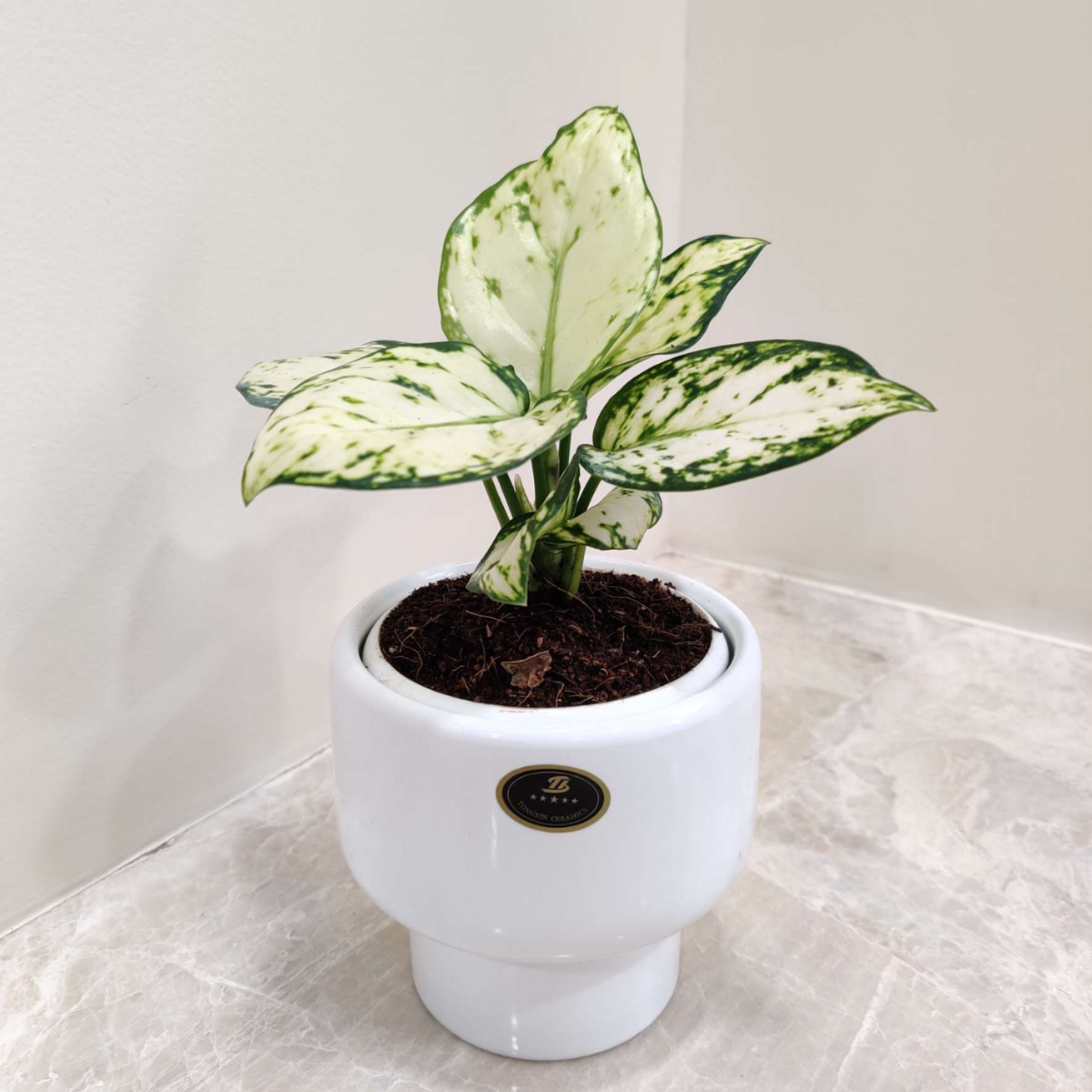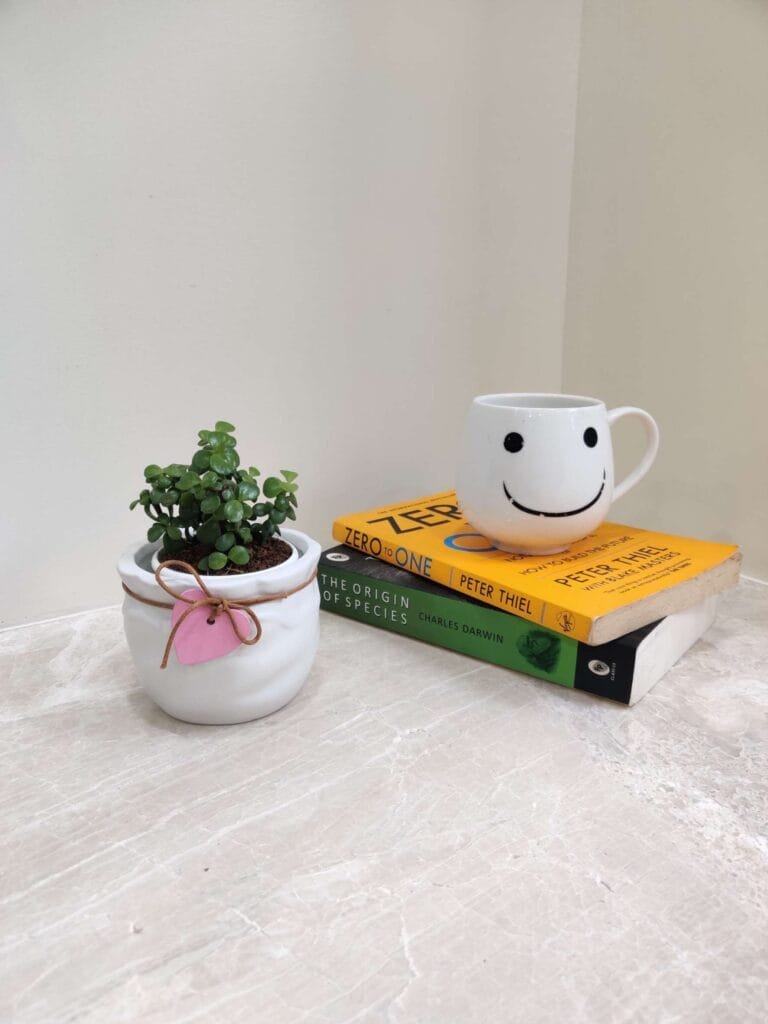
Are you looking for a hardy, low-maintenance houseplant that doubles as a symbol of good fortune and greenery? Meet the jade plant (Crassula ovata)—one of the best easy indoor plants for beginners. With its plump, glossy leaves and bonsai-like appearance, this popular succulent is perfect for enhancing your home’s style while requiring minimal upkeep.
Let’s explore why the jade plant is a must-have in every plant lover’s collection and how you can grow one successfully in your indoor space.
Jade plants are often regarded as symbols of good fortune, prosperity, and positive energy in many cultures. According to Feng Shui principles, placing a jade plant near the entrance or in the wealth corner of your home is believed to attract abundance and financial success. Their vibrant, coin-shaped leaves make them a popular choice for those looking to invite prosperity and harmony into their living spaces.
A jade plant makes for a thoughtful and meaningful gift. Known for its ability to emit nourishing “chi,” or positive energy, the jade plant is often regarded as a symbol of good fortune and prosperity. Traditionally, it is considered an excellent gift for businesses and business owners, as it is believed to attract wealth and success.
What Makes the Jade Plant So Special?
Native to South Africa, the jade plant—often called the “money plant” or “lucky plant”—is a fleshy-leaved succulent believed to attract wealth, harmony, and positive energy. According to Feng Shui, placing a jade plant near your home’s entrance or southeast wealth corner promotes prosperity.
Jade Plant Quick Facts:
- Common Name: Jade Plant / Lucky Plant
- Botanical Name: Crassula ovata
- Plant Type: Succulent, Perennial
- Mature Size: 3–6 ft. tall, 2–3 ft. wide
- Sun Exposure: Bright indirect sunlight or partial sun
- Soil Needs: Well-drained succulent mix
- Toxicity: Toxic to pets (cats and dogs)
Jade Plant Benefits: Why Every Home Needs One
Besides their beauty, jade plants offer several practical and spiritual benefits:
Air Purification:
Removes toxins like toluene and formaldehyde from indoor air.
Humidity Regulation:
Helps maintain indoor air moisture through natural transpiration.
Mental Wellness:
Reduces stress, improves focus, and adds calming greenery to your space.
Feng Shui Symbolism:
Said to attract wealth and harmony. Place in your southeast corner or near the entrance for best effect.
When buying a jade plant, it’s essential to examine several features to ensure you’re taking home a thriving specimen.
Bring Home a Jade Plant and Unleash Its Proven Benefits for Wellness, Prosperity, and Style.

1. Choosing a Healthy Jade Plant: What to Look For
When buying a jade plant, it’s essential to examine several features to ensure you’re taking home a thriving specimen.
Signs of a Healthy Jade Plant:
No pests: Check for cottony mealybugs, spider mites, or scale insects.
Leaves: Firm, plump, and deep green. Avoid yellowing, wrinkled, or drooping leaves.
Stems: Upright and sturdy, not thin or leggy.
Roots: Firm, white to light tan, and not circling the pot. Avoid mushy or dark roots.
Soil: Not soggy or moldy. Avoid plants with fungus gnats or drooping leaves.
2. Jade Plant Light Requirements: Finding the Sweet Spot
Jade plants love light—but not too much. Striking the right light balance is essential.
Light Preferences:
- Place near a south- or west-facing window for at least 6 hours of indirect sunlight daily.
- A red tint on leaf edges is a sign of high sunlight exposure and is usually harmless.
- Avoid intense midday sun that can burn the leaves—use sheer curtains if needed.
Supplementing with Grow Lights:
During winter or in low-light homes, a full-spectrum grow light can help maintain plant health.
3. Watering Jade Plants: The Art of “Less is More”
Overwatering is the number one killer of jade plants. As succulents, they need dry spells between waterings.
Watering Tips:
- Spring & Summer: Water once every 7–10 days.
- Fall & Winter: Water once every 3–4 weeks (plant enters dormancy).
- Check before watering: Use your finger, a wooden dowel, or a moisture meter. Soil must be bone dry.
TOTUM Watering Method:
Place the plant in a bowl, water from the top until water puddles in the catch tray, and let it sit for 10 minutes before draining. This method helps water penetrate dry, hydrophobic soil.
4. Temperature & Humidity: Keeping Things Cozy
Jade plants thrive in typical household conditions, but extremes can be harmful.
Best Conditions:
Humidity: Average home humidity is fine. Avoid very dry or overly humid environments.
Temperature: 65°F–75°F (18°C–24°C)
Night Tolerance: Down to 50°F (10°C); flowering may be encouraged at these temps.
5. Choosing the Right Soil
To mimic their natural habitat, jade plants need well-draining soil and porous pots.
Ideal Soil Mix:
- 2 parts cactus/succulent mix
- 1 part perlite or pumice
- Optional: Add coarse sand for improved drainage
6. Fertilizing Jade Plants: Simple Yet Strategic
While jade plants don’t need frequent feeding, they appreciate a boost during their active season.
Fertilization Schedule:
- When: Early spring through late summer
- How Often: Every 4–6 weeks
- Type: Balanced liquid fertilizer (e.g., 10-10-10), diluted to half strength
Avoid overfertilizing! White residue, yellowing leaves, or root burn are signs of salt buildup.
7. Pruning and Styling Your Jade Plant
Pruning is essential to shape your plant and encourage healthy branching.
How and When to Prune:
- Time: Spring or early summer
- Tools: Use clean, sharp scissors or pruning shears
- Method: Cut just above a leaf node—this encourages two new branches to grow from the node
You can even train your jade plant as a bonsai with regular pruning!
8. Propagating Jade Plants: Grow More, Gift More
Jade plants are easy to propagate using leaves or stems. It’s a fun, cost-effective way to multiply your plant family.
Leaf Propagation:
- Gently twist off a healthy leaf.
- Let it dry for 2–3 days to form a callus.
- Place on succulent soil.
- Mist occasionally. Roots will form in 3–4 weeks.
Stem Propagation:
- Cut a 3–4 inch healthy stem.
- Let it scab for a few days.
- Plant in moist succulent mix.
- Water lightly until roots develop.
Jade plants often need a period of winter dormancy to trigger blooms. Learn exactly how to time lighting, watering, and temperature shifts to make your jade plant flower indoors in our guide: How to Make Your Indoor Jade Plant Bloom.
9. Repotting Jade Plants: When and How
Jade plants enjoy being a little root-bound but will eventually outgrow their pots.
Repotting Guidelines:
- Every 2–3 years for young plants, 4–5 years for mature ones
- Look for signs like roots poking out, stunted growth, or soil drying out too fast
- Best time: Early spring
- After repotting, wait 7 days before watering to allow root healing
Pot Recommendations:
Choose a pot only slightly larger than the current one to avoid excess moisture retention.
Use terracotta or unglazed clay pots to allow moisture evaporation.
Ensure the pot has drainage holes.
10. Common Jade Plant Problems and Solutions
Even the toughest succulents have their quirks. Here’s how to handle common issues:
| Problem | Cause | Solution |
| Yellowing leaves | Overwatering | Let soil dry out, inspect roots |
| Wrinkled or droopy leaves | Underwatering or cold | Water thoroughly, move to stable temperature |
| Red edges on leaves | High light or underwatering | Harmless, adjust lighting/watering |
| White spots on leaves | Hard water/mineral build-up | Use filtered/rainwater, leach soil |
| Mealybugs (white fuzz) | Pest infestation | Dab with rubbing alcohol, spray Castile soap |
| Spider mites (webs, dots) | Dry air and pests | Use neem oil spray or soapy water |
11. Jade Plant Styling Ideas: Creative Indoor Displays
Jade plants (Crassula ovata) are more than just lucky houseplants—they’re stylish décor elements that enhance any indoor space. Their vibrant green foliage and sculptural form make them perfect for creative indoor displays. Here are some inspiring jade plant styling ideas to elevate your home interiors:
- Bonsai Pot Display: Train your jade plant into a miniature bonsai-style tree. This technique not only highlights the plant’s thick woody stems and lush foliage but also brings a zen-like, artistic touch to your décor. Perfect for desks, coffee tables, or meditation corners.
- Ceramic Bowl Arrangement: Create a low-maintenance jade succulent garden in a shallow ceramic bowl. Combine different jade varieties or pair them with decorative pebbles and miniature figurines for a modern, earthy centerpiece ideal for dining tables or window sills.
- Bookshelf Accents: Add a pop of green to your shelves with small potted jade plants. Their compact growth makes them ideal for bright corners of your bookshelf, offering both aesthetic value and air-purifying benefits.
- Fairy Garden Terrariums: Use jade plant cuttings to design a whimsical fairy garden terrarium. Mix with moss, tiny garden accessories, and other miniature succulents to craft a playful and enchanting indoor landscape perfect for gifting or display.
These jade plant styling ideas not only beautify your living space but also add a touch of nature and positivity to your home. Whether you’re into minimalist design or quirky DIY décor, jade plants are the perfect fit for any style.
Final Thoughts: A Timeless Houseplant for Generations
Jade plants embody resilience, beauty, and legacy. Their minimal needs, aesthetic appeal, and long lifespan make them a top choice for indoor plant lovers—whether you’re new to plants or a seasoned gardener.
By following the detailed care instructions in this guide, you’re not just growing a plant; you’re cultivating a living piece of nature that can be shared, propagated, styled, and even passed down to future generations.
So go ahead—give your jade plant the love it deserves, and let it fill your home with lush green leaves and a legacy of abundance.
FAQs
1. How long do jade plants live?
With proper care, jade plants can live 50–70 years, and some have been known to live longer.
2. Why is my jade plant losing leaves?
Leaf drop is often caused by overwatering, underwatering, or insufficient light. Adjust care accordingly.
3. Can jade plants flower indoors?
Yes, but it’s rare. They may flower with enough cool nighttime temps and consistent light during winter.
4. Are jade plants toxic to pets?
Yes. Jade plants are toxic to cats and dogs and mildly toxic to humans. Keep out of reach.
5. What are the best pots for jade plants?
Use terracotta or ceramic pots with drainage holes. Avoid plastic unless it’s well-draining.
6. Can I use tap water on jade plants?
If your tap water is high in minerals, use filtered or rainwater to prevent leaf spotting and salt buildup.




